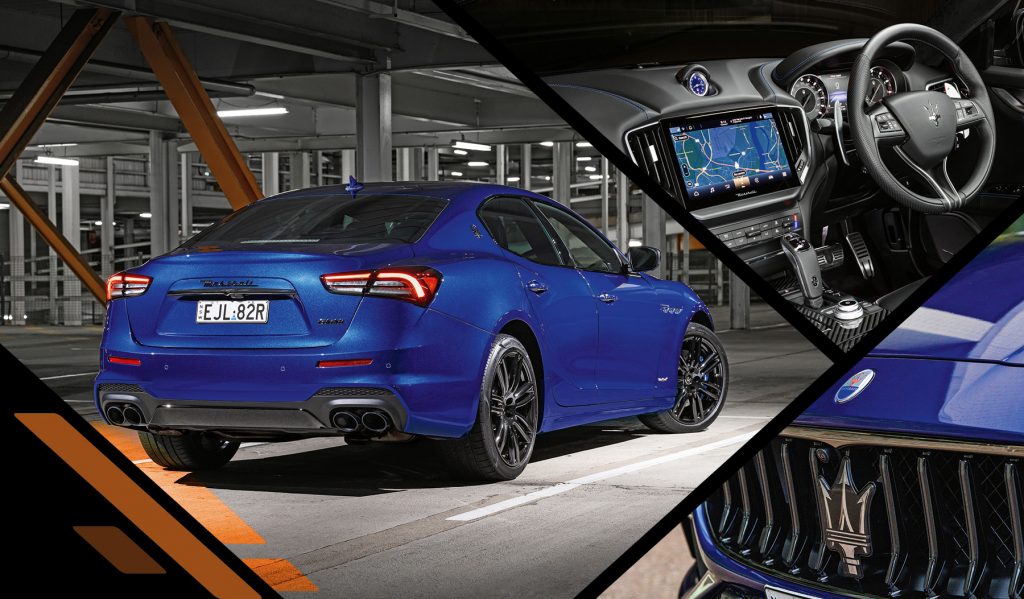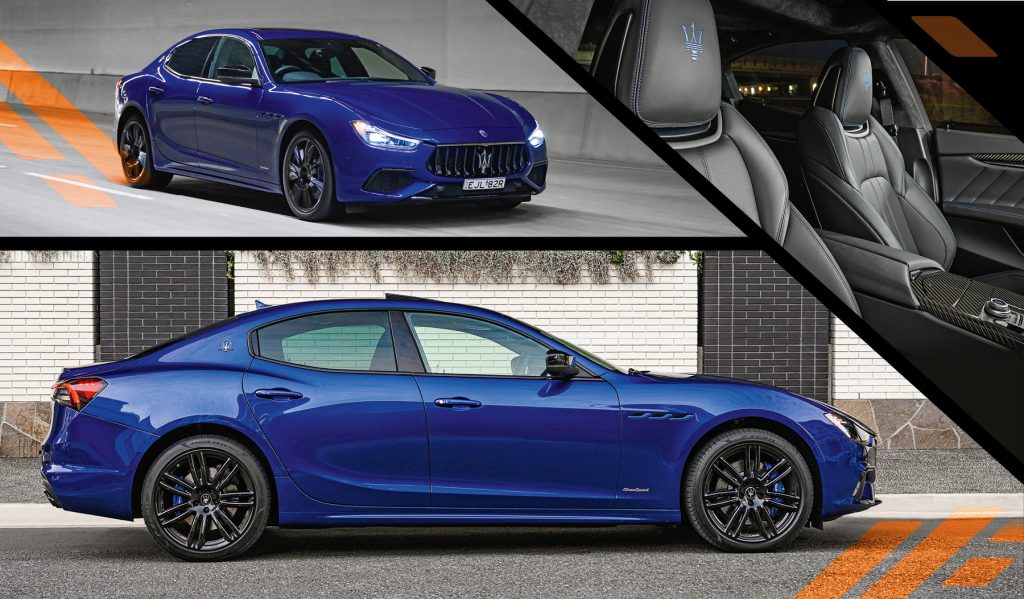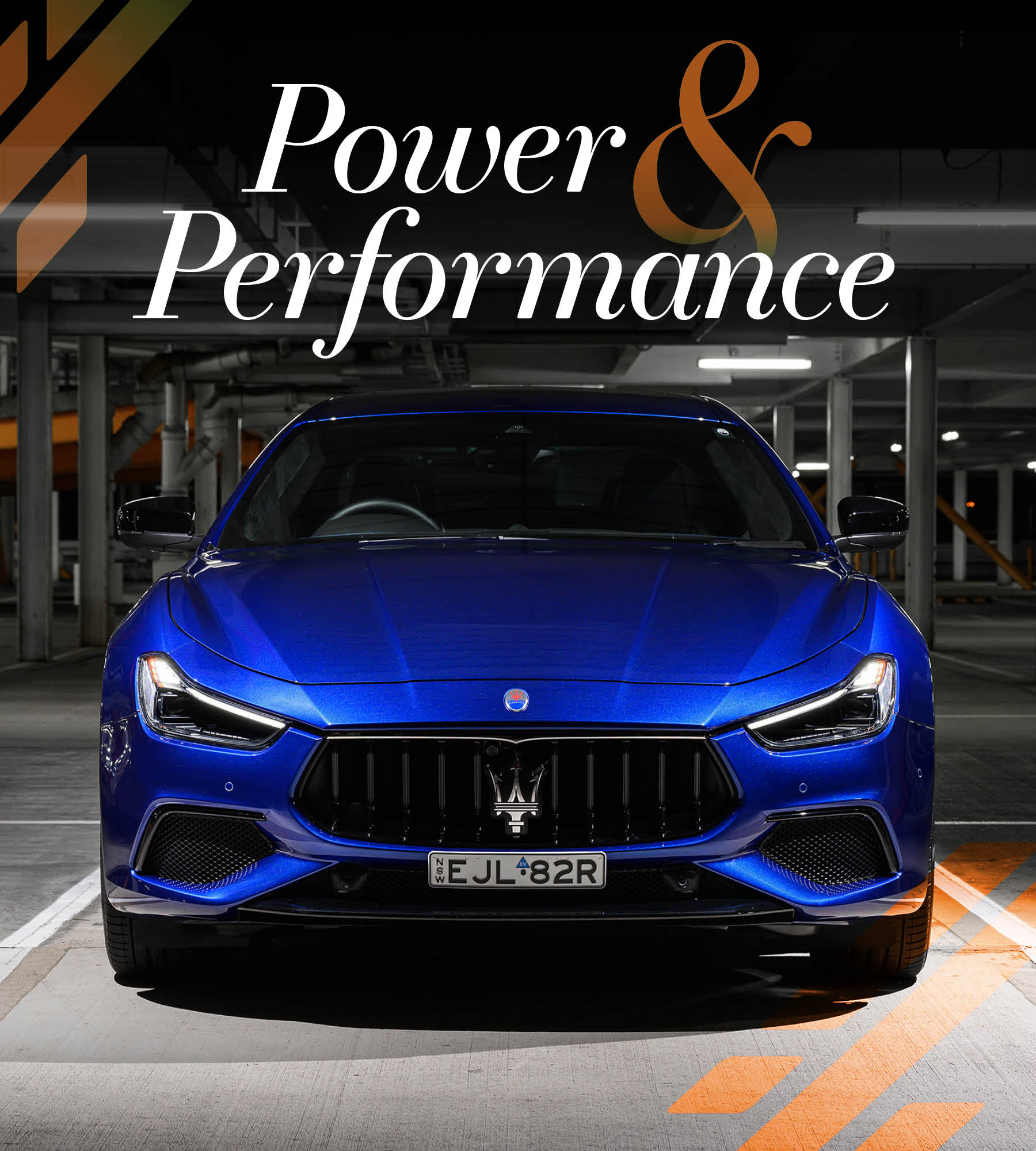Language
You can read the magazine in one of the following languages
Much like ‘sexy’ and ‘politician’, ‘boring’ and ‘Maserati’ are not words that have ever shared space in a sentence. ‘Hybrid’ and ‘boring’, however, have a long and unfortunate association when it comes to cars, which is why the unveiling of the Maserati Ghibli Hybrid was, initially, some cause for concern.
We should never have feared, of course, because you can always trust the Italians – with their deep and almost peculiar passion for cars and driving – to make even previously unattractive things newly sexy.
For the main part, hybrid cars – which combine some kind of whisper-quiet electrical system with a usually small and dull petrol engine and were made most infamous by Toyota’s surprisingly popular Prius – have been entirely focused on fuel economy, which, as we know, is generally anathema to motoring excitement (unless you’re talking about electric vehicles that use no fuel at all but still make your heart fizz, like Porsche’s Taycan).
When Maserati decided to do its bit for the environment by creating its own hybrid option for the truly beautiful Ghibli sedan, however, it approached the technology with loftier goals.

Maserati’s stated goal for this car – which uses a belt starter generator, an eBooster and a 48-volt battery that recoups energy when the car brakes or coasts – was to create a power unit that was faster than the diesel engine the Ghibli was already offered with, yet more efficient, and thus more diesel like, than a conventional petrol engine.
So alongside the energy-saving gibbons, which can power the car’s ancillary systems, thus improving fuel economy, the company created its own new engine (normally it uses units made by Ferrari), a two-litre, which it also fitted with an electric turbocharger, supported by its own battery, to boost performance.
The result of Maserati’s approach to hybridisation is a Ghibli Hybrid with a powerful 246 kilowatts of power and 450 newton metres of torque, capable of hitting 100 kilometres an hour in 5.7 seconds, and yet all offering a fuel figure of just 7.8 litres per 100 kilometres.
It’s not just a claim either, because during our time together, I got 628 kilometres off a single tank of fuel, which included some spirited driving, a bit of freeway and some city grind, and still had an indicated 280 kilometres of range left.
The most appropriate comparison for this car is with Maserati’s own three-litre twin-turbo V6, which the Ghibli very nearly matches for power and performance, while its fuel efficiency and CO2 emissions are reduced by 20 and 25 per cent respectively.
The Ghibli’s clever hybrid system provides quietly effortless power at all times, but it’s that term, quietly, that does jar slightly with the Maserati badge. Speaking of the badge, however, it looks extra cool here, with the little blue swish under the trident logo on its flanks indicating that you’re driving something different.
The designers have clearly decided that blue is the new greenie and there are lots of little blue touches scattered around, which, on the bold red example I drove, were very eye-catching.
But it’s my ears I was left worried about, and in particular what they’re missing out on. As mentioned, Maseratis have long been powered by Ferrari engines, which means that the sound they make has always been one of their biggest selling points.
There’s long been something a bit ‘Pavarotti in running shoes’ about a Maserati, as they are large, hugely comfortable and radiate wealth, all while making the most glorious operatic sounds when called upon to perform.
Getting a Maserati-like howl from a two-litre engine is akin to asking Justin Bieber to cover a Pavarotti favourite – yes, it can sing, but it just can’t hit those same notes. And most of the time, it just doesn’t have the same kind of volume.
Of course, a car this luxurious and comfortable – the ride quality, on all kinds of surfaces, is a particular highlight – with a refined cabin that’s just a lovely place to relax does seem like the kind of vehicle that should have a whisper quiet driving experience. Perhaps people who have not driven a lot of Maseratis will not mind at all, and this Ghibli Hybrid, priced at a very tempting US$72,000, is very much at the entry level and seeks to bring new customers to the brand.

The good news is that there’s plenty of the other kind of Maserati magic under the attractive skin of this Ghibli. Take it out of relaxed cruiser mode, choose to change gears yourself using the big, sexy paddles behind the steering wheel and you’re instantly impressed by its ability to hunker down, hug the road and really tear into corners.
Choose a lower gear and rev that little engine right up beyond 5,000 revolutions per minute and you even start to get a familiarly operatic bellow sneaking into the cabin to cheer your ears. The Ghibli Hybrid may be a quiet, comfortable companion most of the time, but there’s a beast in there too should you choose to unleash it.
This, then, is a lot of proper Italian car for the money, and one that will save you cash from day one with its appealingly low fuel consumption.
Mind you, ‘concerned about fuel economy’ and ‘Maserati customer’ were not terms often found in the same sentence in the past either.
